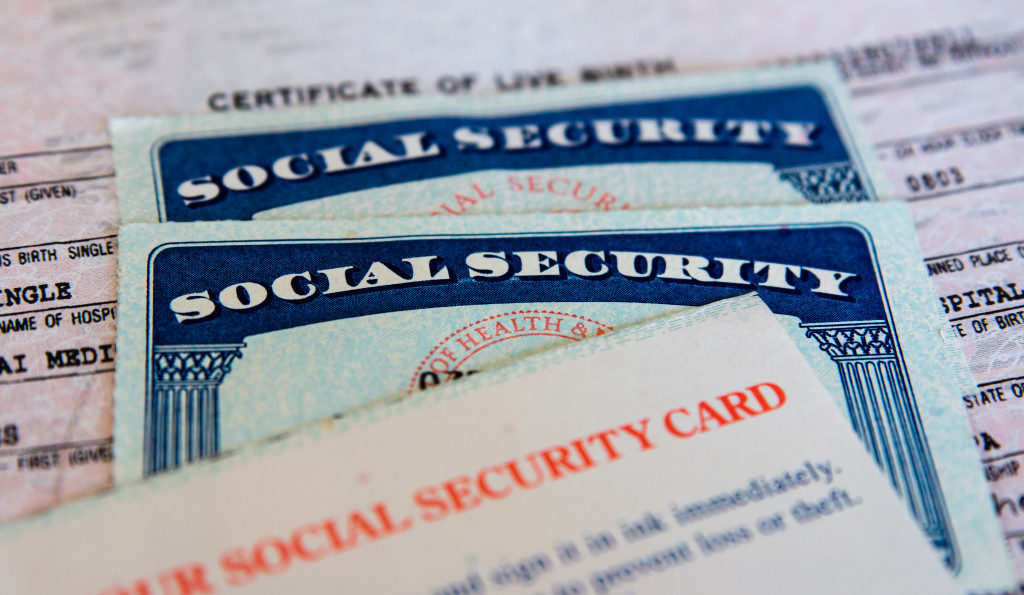Over 40 million Americans can access Social Security benefits, and some of them depend on it entirely. In Utah, one in every eight persons received them in 2014, according to AARP.
Despite being common, many people are still not aware of the types of benefits they can get. They also don’t know about the requirements and limitations. So that Utahns can set their expectations right, they need to learn these kinds of information.
Types of Social Security Benefits
Social Security benefits at least three groups of people: disabled individuals, surviving families, and retired workers. Let’s talk about each.
1. Disabled Benefits
According to the Utah government, one in every five people in the Beehive State suffers from some type of disability. It may explain why disability applications in Utah are high. However, not everyone who applies can receive the benefit. The Social Security program has many stringent eligibility criteria in place:
- The disabled person should have worked in a job covered by Social Security before the condition.
- They must meet the definition of “disability.” The condition must be severe that the individual cannot perform their duties anymore. They may also not work in other jobs. The illness or injury should also be one of those in the medical conditions list.
- The disabled individual must not be working at the time of the application. They must not be earning over $1,260 a month.
- The person must also satisfy the length of working experience. It can vary according to the time they developed the disability. For example, those who become disabled before they reach 28 years old must have worked for at least 1.5 years.
While a person may apply for a disability claim as soon as they developed the condition, they need to wait for about half a year before they begin receiving the benefit. Depending on the income, it may also be taxable.
2. Survivor Benefits
The Social Security benefit may also pass on from a deceased worker to the ones they left behind. These may include both former and present spouses and children. These kids may be minor or disabled. Parents may also receive this benefit regardless of whether the worker died from an injury, disability, or other causes.
The rates of the benefit they can claim, however, can differ. According to AARP, old parents 62 years old and above may receive between 75% and 82.5% of the deceased’s benefit. That is if they are financially dependent on the worker.
Minors and disabled children may claim up to 75% of the deceased person’s Social Security benefit. But they need to be unmarried, while disablement should already occur before the child turns 22 years old.
3. Retirement Benefits

Except for a few people, especially those who are part of religious groups, most American workers and their employers contribute to the Social Security program. They each give 6.2% of the compensation up to $137,700, which is the income cap in 2020. Self-employed individuals may also participate, but they need to contribute twice the percentage.
Since it’s for retirement, the soonest a person may claim is at 62 years old. However, the program will decrease the benefit the worker receives when they reach full retirement age. Currently, it’s 66.8 years old.
The reduction can be as high as 28.3%, so if possible, the retiree may consider waiting until they have reached full retirement age.
For many Utahns, Social Security benefits can augment or even become the primary (and only) source of income. Knowing the rules can help them the requirements they need to meet to take advantage of the program.


